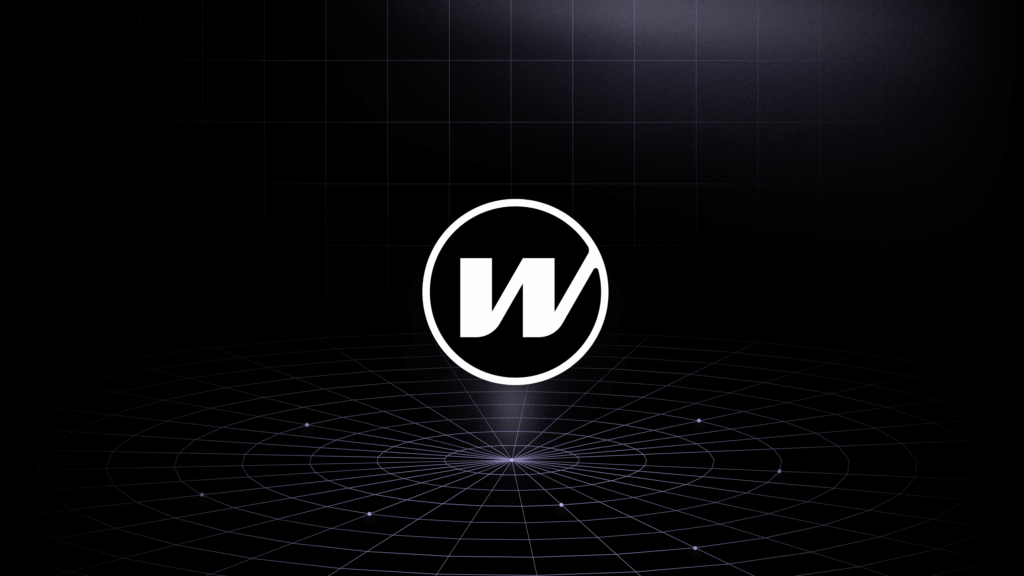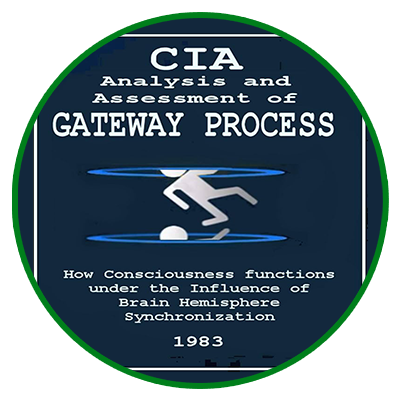
Wormhole (W) is no longer just a bridge—it is the backbone of cross-chain communication in the modular Web3 era. In 2025, it has solidified its role as the most important interoperability protocol, enabling a seamless digital economy across previously siloed blockchains.
What started as a simple bridge has now evolved into a dynamic, modular messaging layer that powers the transfer of data, tokens, governance, and application logic across more than 30 top-tier blockchains—including Ethereum, Solana, Avalanche, BNB Chain, Sui, Cosmos, and more. This interconnection allows builders to create truly composable, cross-chain dApps with unprecedented speed and flexibility.
With the introduction of the W governance token and launch of the Wormhole DAO, the protocol has transitioned into a fully decentralized infrastructure platform. This shift empowers the community to steer the future of cross-chain finance, gaming, data, and identity, while also fueling a sustainable ecosystem through grants, validator incentives, and developer tooling upgrades.
Why Wormhole Matters
Wormhole isn’t just filling a gap in blockchain infrastructure—it’s defining the standard for cross-chain composability in a multi-chain world. As Web3 evolves into a modular ecosystem of rollups, appchains, and layer-1s, the demand for secure, fast, and universal communication has never been greater. Wormhole is meeting that demand head-on.
Interoperability at Scale
Wormhole enables seamless, trust-minimized messaging and token transfers across over 30 blockchains. Whether transferring stablecoins, triggering smart contract logic, or orchestrating governance between DAOs on different networks, Wormhole is the connective layer that makes these operations possible at scale.
Developer-Friendly Tooling
With modular SDKs, message-passing primitives, and composable interfaces, Wormhole gives developers powerful tools to build applications that span multiple ecosystems. It abstracts the complexity of interoperability, allowing teams to deploy NFT bridges, multichain staking protocols, and dynamic cross-chain DeFi with ease.
Security & Guardians
The network relies on a decentralized set of 19 “Guardians”—independent validator nodes that observe chains and sign verified messages. This hybrid trust-minimized architecture offers both speed and decentralization. Wormhole is also moving toward integrating zk-proof systems for even more secure and scalable validation in the future.
Wormhole doesn’t just connect blockchains—it unlocks them. By giving developers the tools to unify fragmented ecosystems, it is laying the groundwork for a truly composable and interoperable Web3.
Use Cases in 2025
Wormhole’s utility in 2025 spans nearly every layer of the decentralized stack. It is not just facilitating value transfer—it’s enabling a new generation of interoperable applications and financial products:
- Cross-Chain Stablecoin Transfers: Stablecoins like WUSDC and native tokens are moving fluidly between Ethereum, Solana, Avalanche, and beyond. This is laying the groundwork for a unified stablecoin settlement layer.
- NFT Portability and Multichain Gaming: NFTs from ecosystems like Uniswap, Magic Eden, and gaming projects are being bridged to new environments for trading, gameplay, and composability.
- LST & DeFi Routing: Liquid staking tokens (LSTs) such as stETH and mSOL are automatically bridged and redeployed across Layer 2s and Solana for cross-chain yield farming and protocol arbitrage.
- DAO Governance Expansion: Wormhole’s messaging protocols are integrated into DAOs across Cosmos, NEAR, and Ethereum, enabling cross-chain voting, treasury coordination, and proposal routing.
- Tokenized Real-World Assets (RWAs): Assets like tokenized equity, real estate, and commodities are bridged from legacy custodians into EVM-compatible environments for global liquidity access and DeFi collateralization.
From stablecoin liquidity to DeFi strategy orchestration, Wormhole is quietly powering the infrastructure behind the next generation of composable, multichain Web3 applications.
Technical Outlook (as of Today)
Wormhole (W) is showing strong bullish momentum in Q2 2025, having broken out from a long-term accumulation base. The price is currently trading around $0.55, supported by increasing trading volume and favorable technical indicators:
- Price: $0.55 (real-time approximation)
- Trend: Bullish continuation pattern with higher highs and higher lows
- Support Zones: $0.48 (recent breakout retest), $0.41 (macro support)
- Resistance Levels: $0.63 (immediate), $0.72 (key psychological and technical barrier)
- Momentum: RSI at 62 indicates strong but not overbought conditions; MACD line remains above signal, confirming positive momentum
If W continues holding above $0.50 with healthy volume, the setup favors further upside, potentially targeting $0.72–$0.80 in the near term. Failure to maintain support at $0.48 could see a retest of the previous consolidation zone near $0.41. Market participants are watching for breakout confirmation on the 4H and daily timeframes.
Price Forecast: 2025–2027
Wormhole’s pricing outlook reflects its role as foundational infrastructure for the modular Web3 stack. As its developer adoption, DAO governance, and zk-enhancements scale, W is increasingly seen as a proxy for the growth of multichain liquidity and messaging.
2025
- Baseline Forecast: $0.70 – $0.95
Driven by increased TVL through LST/DeFi routing and multichain stablecoin volumes, as well as DAO tooling adoption. - Bullish Scenario: $1.20 – $1.50
Could be achieved if zkWormhole launches successfully, W staking begins, and cross-chain USDC settles large volumes across L2s and Solana.
2026
- Baseline Forecast: $1.00 – $1.50
Supported by real-world asset bridging, DAO expansion, and rollout of native governance modules for interchain coordination. - Bullish Scenario: $2.00 – $2.50
If Wormhole becomes the default interoperability layer for rollups and enterprise custodians, and zk-verification is adopted at scale.
2027
- Baseline Forecast: $1.40 – $2.00
Reflecting maturity as a messaging backbone for tokenized assets, appchains, and AI-powered agents. - Bullish Scenario: $3.50 – $5.00+
In the event that Wormhole powers global interchain settlements, integrates with CBDCs, and facilitates on-chain AI + DePIN orchestration.
These projections are speculative, but rooted in Wormhole’s fundamental position as an enabler of Web3 composability and interoperability.
Roadmap Highlights
Wormhole’s 2025–2026 roadmap reflects its ambition to become the universal interoperability protocol across all of Web3—serving developers, institutions, and users across diverse chains and applications.
- Wormhole Native Token Launch: The W token is now integrated for core protocol functions including governance, staking, and incentivizing validators and relayers. It also supports gasless routing for specific dApp flows, unlocking smoother user experiences.
- zkWormhole: A cutting-edge zero-knowledge (zk) validation system is in development. zkWormhole will introduce cryptographic proofs for cross-chain message validity, boosting Wormhole’s scalability, trust-minimization, and use in high-security applications.
- Modular SDK Expansion: Wormhole is releasing new SDKs and composable middleware for developers to easily plug in cross-chain functionality into dApps, rollups, and app-chains without rewriting core logic.
- Enterprise & Institutional Integration: Key partnerships are forming with custodians, fund managers, and payment processors to use Wormhole for tokenized funds, forex settlement, and on-chain treasury infrastructure.
These roadmap pillars are aligned with a future in which all chains are interoperable by default—and Wormhole is the layer making it happen.
Final Thoughts
Wormhole isn’t just a tool—it’s becoming the foundational communication layer for the next generation of the internet. As Web3 moves from isolated networks to a fully modular and interoperable economy, Wormhole is proving to be the infrastructure that makes it all work together.
In 2025, it has matured into a trust-minimized, high-performance protocol that empowers developers, enterprises, and DAOs to build seamlessly across chains. Its ability to unify fragmented ecosystems into a composable network architecture echoes the early days of the internet—and positions it as the TCP/IP layer of Web3.
The W token, DAO governance, zk validation efforts, and enterprise-grade partnerships all point to a protocol that is not only growing—but future-proofing the entire cross-chain economy.
Wormhole is no longer a bridge. It is the connective tissue of decentralized finance, digital identity, tokenized assets, and autonomous agents.
? Learn more at: https://wormhole.com


